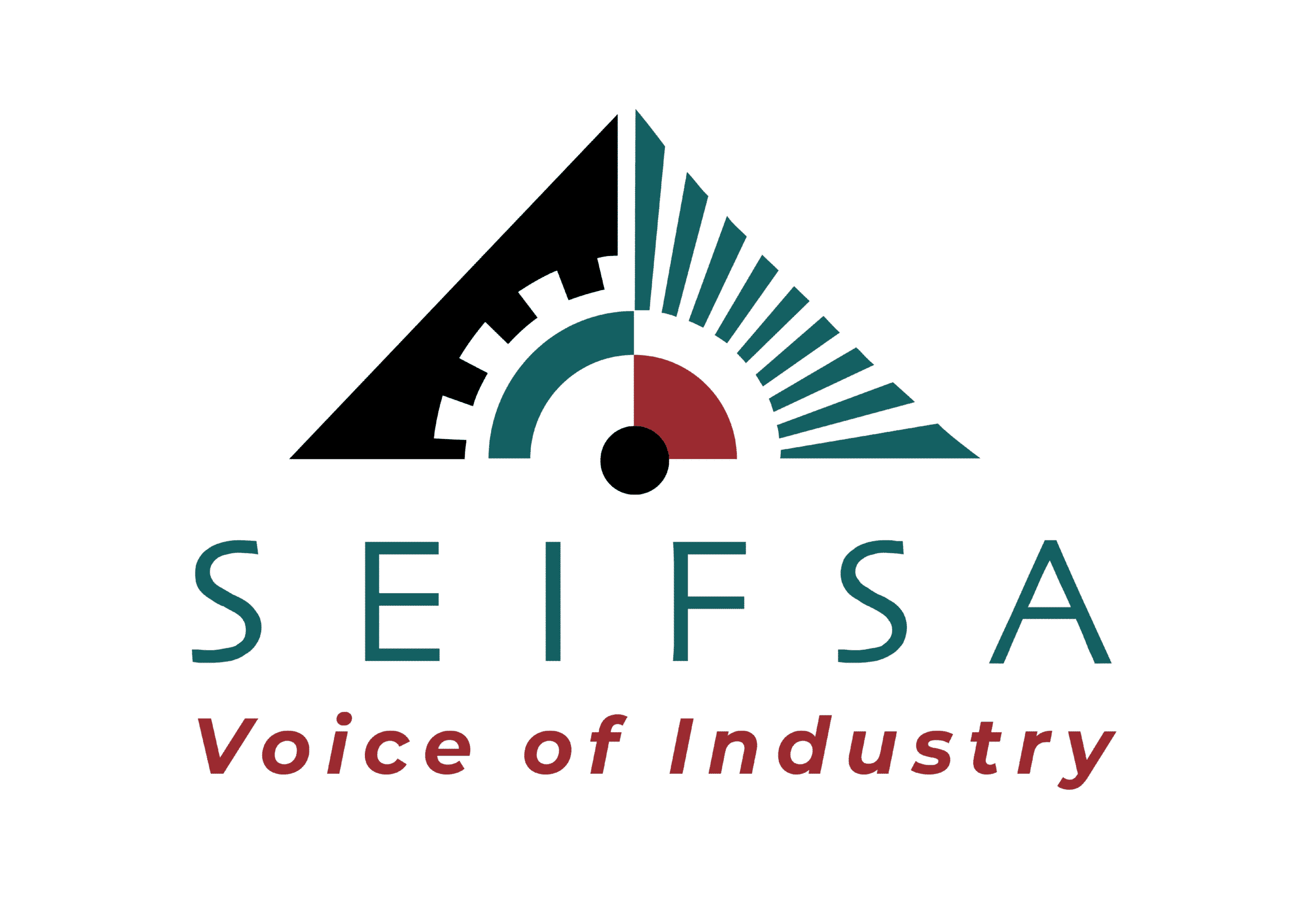As the world faces the challenge of climate change, industries are coming under increasing pressure to reduce their carbon emissions. Among them, South Africa’s metals and engineering sector stands as a vital economic asset and a significant emitter of greenhouse gases. The debate surrounding the decarbonization of this sector has gained increasing momentum in recent years, prompting a closer examination of the feasibility, progress and implications of transitioning to greener practices.
Decarbonizing the metals sector is not just a moral imperative but a strategic necessity for South Africa’s sustainable development particularly in the context of export trade opportunities and potential risks. This is important when considering the number of countries that are exploring the introduction of Carbon Border Adjustment Mechanisms (CBAM) to counter carbon leakage. While Europe is leading the charge in this regard, the United States, United Kingdom, Canada and Japan are also considering the introduction of similar measures. The external market is critical for the metals and engineering sector which exports 50% of total output, of which just over half of the export basket is exposed to countries exploring a CBAM.
By embracing low-carbon technologies, the sector could enhance its opportunities, global competitiveness, attract investment and capitalize on these new opportunities for growth.
In considering the prospect of decarbonization, stakeholders within the metals and engineering sector have investigated varying perspectives, reflecting the complexities and considerations at play.
Cautionary voices have emerged, highlighting the challenges and trade-offs involved in decarbonization. These considerations can largely be categorized into two broad areas, namely micro and macro.
At a micro level, while the importance of reducing emissions is fully acknowledged, the costs associated with the transition in light of the extent of the necessary technological enhancements are steep and potentially prohibitive. The fact that these costs will be borne by companies presents a competitiveness risks for these companies. A solution could be to co-opt the green funding which has been made available by developed countries at concessionary pricing to play a role in contributing to the investment these companies will need to make to counter this competitiveness risk.
Despite these concerns, progress has been made in the industry’s decarbonization journey, albeit with notable obstacles along the way. Investments in energy efficiency and renewable energy adoption have yielded some positive results, yet the sector continues to grapple with the inherent carbon intensity of the South African grid.
This leads to the second consideration which is of a macro nature. The pace and scale of the country’s decarbonization debate is intricately tied to the extent to which South Africa can decarbonize the electricity grid. South Africa’s electricity supply was largely built on the abundant coal endowment of the country. While progress is being made to adopt renewable energy at grid level, coal still accounts for more than 70% of electricity production. A recent South African Reserve Bank (SARB) report highlighted that while South African accounts for 1% of global greenhouse gas emissions, the lowest among the top 15 global emitters, the carbon intensity of output is one of the highest, making South Africa a net exporter of carbon. This highlights the extent of the challenge faced by manufacturers in the metals and engineering sector because while interventions can be made at the micro level, any exposure to the national grid introduces a disproportionate amount of carbon into the mix.
Micro and macro consideration highlight the fact that decarbonization is a complex endeavor. While strides in improving efficiency and exploring alternative technologies have been made, achieving carbon neutrality requires concerted effort across the value chain, which start at the level of electricity production.
In weighing the pros and cons of decarbonization from a local and sectoral perspective, it becomes clear that while the endeavor holds promise for environmental, economic and social benefits, it also presents challenges that require careful consideration.
Whilst the sector may ultimately need to consider how best to transition towards decarbonization, this will undoubtedly require significant investments in research and development in order to unlock innovative solutions for carbon-neutral metal production.
A policy framework that incentivizes emission reductions, coupled with the green funding monies that have been made available at concessionary pricing and most importantly, collaboration between the state and industry will be critical.
The journey towards decarbonizing South Africa’s metals and engineering sector is arguably an opportunity to shape a more resilient, prosperous and sustainable future for generations to come. As stakeholders navigate this path, collaboration, innovation and strategic policymaking will be key to realizing the industry’s full potential in a carbon-constrained world.
Tafadzwa Chibanguza is the Chief Operations Officer at the Steel and Engineering Industries Federation of Southern Africa (SEIFSA)
SEIFSA is a national federation representing 18 independent employer associations in the metals and engineering industries, with a combined membership of 1,100 companies employing around 142,000 employees. The federation was formed in 1943 and its member companies range from giant steel-making corporations to micro-enterprises employing fewer than 50 people.

